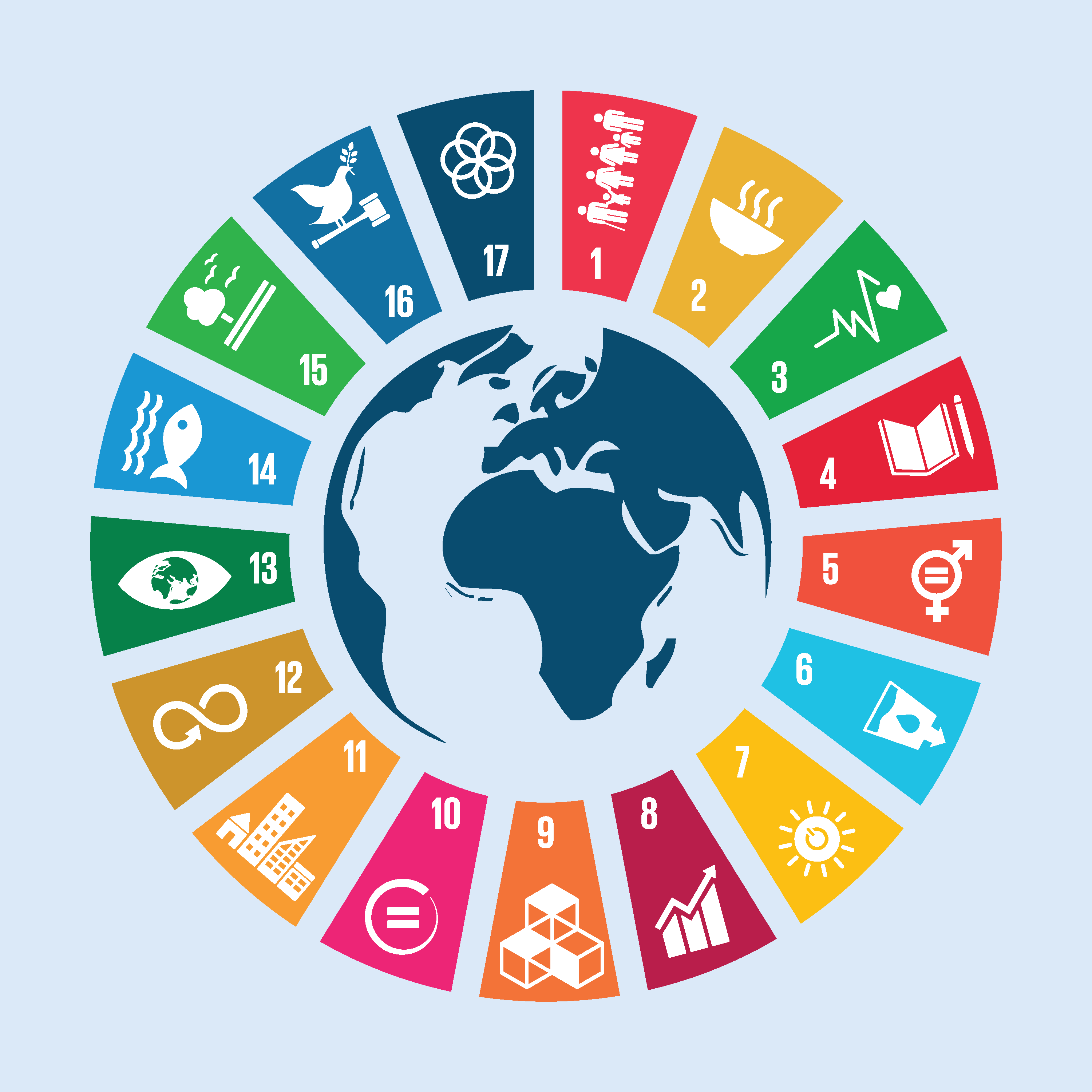Sustainable Development Mini Blog
New York Times published an article in regards to the pandemic of how bad our economy is but also addressing another issue that needs to be addressed which is climate change. Due to the coronavirus relief aid pumping $2 trillion into the economy helping out citizens who have been unemployed due to this unfortunate event that is going on in history. People are not realizing the dramatic impact that this is causing on the world economy and now another issue is arising with climate change. corporations or saying that the climate crisis is literally helping to create deadly diseases, more quickly, in a world that keeps changing how they spread. This alters and affects sustainable development extremely. The same populations that are bearing the brunt of the health and economic effects of the coronavirus are the same populations that bear the brunt of fossil fuel pollution which in turn makes them more vulnerable to serious complications. Some states have already begun to connect the coronavirus to climate change for example New York past the accelerated renewable energy growth and community benefit act on April 3. This legislation The climate leadership and community protection act is referred to as New York’s green new deal and if New York’s response is any indication none of this appears to have distracted from efforts to stop the spread of the coronavirus.
This pandemic really alters the effects and development of sustainability in the world because it holds the production of these companies from the virus spreading rapidly not allowing workers and companies to make these sustainable improvements in certain areas. It’s almost like a domino effect well basically is a domino effect in this world from this virus causing an entire global shut down. This is something that we will never experience again or at least hope to never experience again in this world. we are hoping that sustainable development comes back stronger than it ever has preparing ourselves for the worst to come. from the shut down there has been a complete pause of sustainable development in this world since the beginning of the shut down globally. The Americans I know would like to survive, even if it means our country has to involve which many of us have been ready for long before the pandemic.






